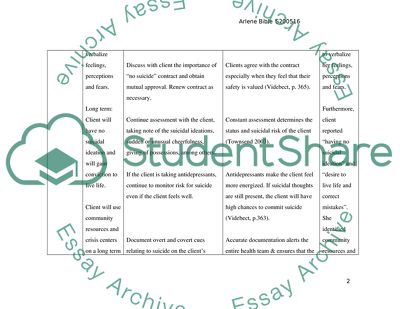Cite this document
(Mental Health - Nursing Care Plan for Janet Gray Assignment, n.d.)
Mental Health - Nursing Care Plan for Janet Gray Assignment. Retrieved from https://studentshare.org/health-sciences-medicine/1577283-nursing-care-plan
Mental Health - Nursing Care Plan for Janet Gray Assignment. Retrieved from https://studentshare.org/health-sciences-medicine/1577283-nursing-care-plan
(Mental Health - Nursing Care Plan for Janet Gray Assignment)
Mental Health - Nursing Care Plan for Janet Gray Assignment. https://studentshare.org/health-sciences-medicine/1577283-nursing-care-plan.
Mental Health - Nursing Care Plan for Janet Gray Assignment. https://studentshare.org/health-sciences-medicine/1577283-nursing-care-plan.
“Mental Health - Nursing Care Plan for Janet Gray Assignment”, n.d. https://studentshare.org/health-sciences-medicine/1577283-nursing-care-plan.


